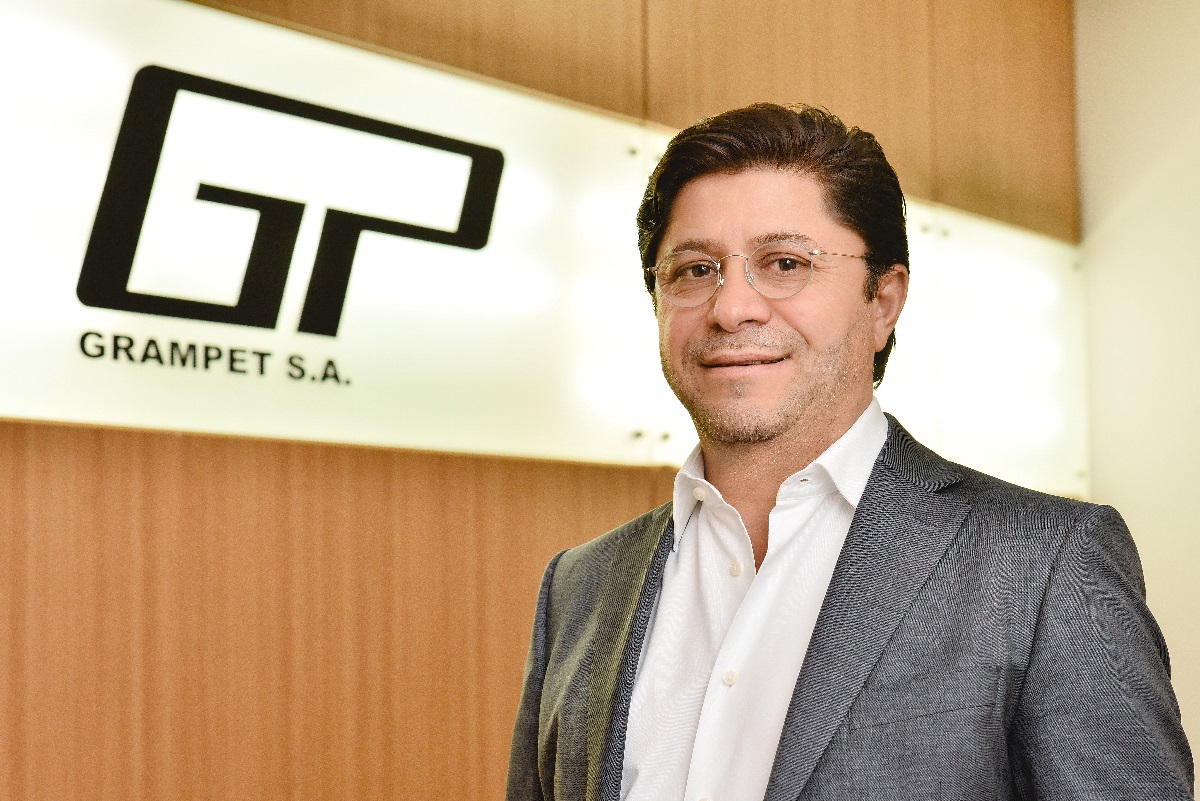
Kudos for dreaming big
Foto: SergeyNivens / depositphotos.com
The COVID pandemic has not hurt only the hospitality and event business, which are only the most obvious and visible victims with a large number of directly affected people. Less evident to the public, global semiconductor chip shortages led to huge manufacturing problems at automobile plants all over the world, many of them having to stop production for certain periods of time and incurring big losses.
This second crisis has prompted reactions not only from the European Union (in March the Commission presented the Digital Compass, setting a goal to build a semiconductor foundry for 2nm-chips), but even from Romania. In an unprecedented initiative, top university researchers and big companies are asking the state to draft a plan to put Romania on the world map of chip manufacturers, the media reported. Companies like Continental Automotive Romania, Infineon Technologies Romania, NXP Romania, Simea (Siemens) Sibiu, AlfaRom, professors at universities across the country, and experts at the Institute for Research in Microtechnology are said to be spearheading the idea, claiming that Romania is well positioned to be an effective contributor to the ambitious EU plans, given recent high-tech achievements. Accessibility of funds, costs below the European average, and a well-trained workforce are further advantages.
There were chip production lines prior to 1989 in Romania; the industry has since then completely vanished, but the competence is here, believes the acting president of the initiative’s group, Prof. Gheorghe Ștefan, according to republica.ro – Romania could design chips and manufactured wafers. „Europe will give us money, but a political decision is needed”, he said.
If only it were so easy.
Designing chips and producing them are two very different ball games. In a nutshell, designing them is easier and less expensive, while the manufacturing process is extremely specialized and cost-intensive: the fact that South Korea wants to spend 450 billion USD – roughly double the amount of Romania’s GDP – over the next decade on chip production shows what we are dealing with.
The business of semiconductor production could then prove to be a bite too big to swallow not only for Romania, but for the EU as well: the German digital think-tank Stiftung Neue Verantwortung warns in a study that ”the lack of cutting-edge chip designs in the EU directly translates into miniscule demand for cutting-edge contract chip manufacturing, so before investing in supply … Europe needs to create demand by investing substantially in its own chip design capabilities”.
The previous Romanian experiences in international science projects – the recent flop with the ELI project is a case in point- also don’t look well from the perspective of an extremely complex project such as a chip plant.
But the mere fact that people from industry and science could muster the energy to jointly come up with a well documented proposal is in itself an achievement.
Alex Gröblacher
Share
Share















